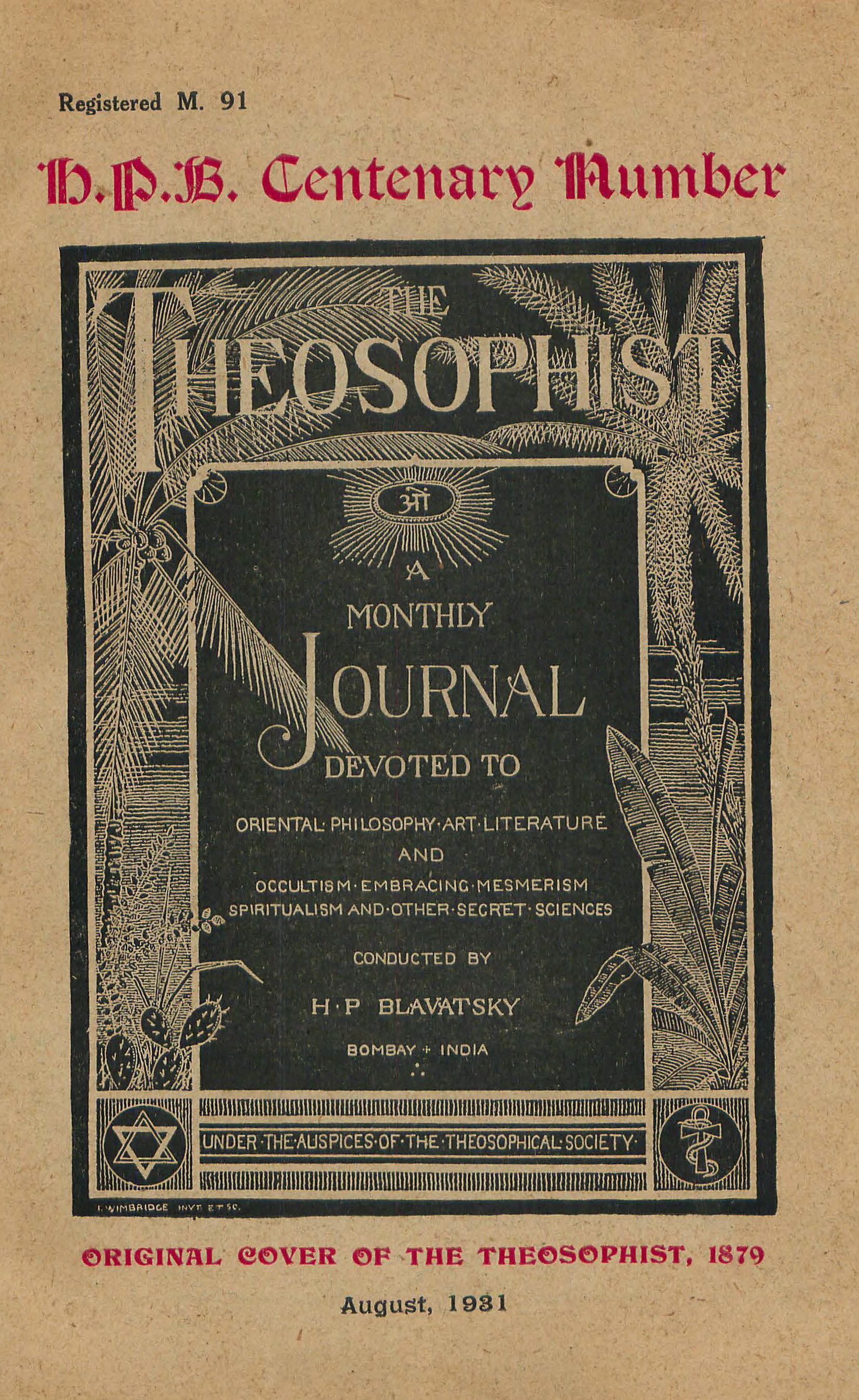 * “Enlightenment in the Cemetery: The Adams Memorial and Buddhism in 19th Century America,” an April 4 post at the New York Historical Society blog, makes a connection between the Adams Memorial in Washington, D.C. and H.P. Blavatsky. “Commissioned on the [1885] death of his wife by Henry Adams, it is one of the most widely celebrated pieces of American funerary art.” The writer believes that “the memorial’s principal inspiration is Buddhist,” and that “the Adams Memorial’s symbolism is a reflection of America’s burgeoning relationship with Buddhism in the late nineteenth century.”
* “Enlightenment in the Cemetery: The Adams Memorial and Buddhism in 19th Century America,” an April 4 post at the New York Historical Society blog, makes a connection between the Adams Memorial in Washington, D.C. and H.P. Blavatsky. “Commissioned on the [1885] death of his wife by Henry Adams, it is one of the most widely celebrated pieces of American funerary art.” The writer believes that “the memorial’s principal inspiration is Buddhist,” and that “the Adams Memorial’s symbolism is a reflection of America’s burgeoning relationship with Buddhism in the late nineteenth century.”The 1891 bronze allegorical sculpture by Augustus Saint-Gaudens of a shrouded figure seated against a granite block is the tomb’s most prominent feature. As a possible source for the image, Buddhist devotional art is suggested, for Adams had directed Saint-Gaudens to consider it in his design. The piece also suggests that “the memorial’s central figure is the Kannon, a buddhist deity and ‘the bodhisattva of infinite compassion and mercy ’.”
Interestingly, while the memorial he commissioned is such an outstanding symbol of the emerging popularity of Buddhism in this period, Adams never “took refuge” or formally converted in contrast to many well-known contemporaries such as William Sturgis Bigelow, Henry Steel Olcott and Madame Blavatsky.
* Professor Paul Ivey will be presenting a slide lecture based on his new book, Radiance from Halcyon, A Utopian Experiment in Religion and Science, at the New York Theosophical Society, 242 East 53rd Street, New York, NY 10022, on Sunday, April 14, at 2 PM.
Starting in the 1890s in Syracuse, New York, with the rising of the Temple of the People, a splinter group of the theosophical movement, Ivey will trace the group's development in California. “In addition to an intriguing account of how a little-known utopian religious community profoundly influenced modern science, Ivey offers a wide-ranging cultural history, encompassing Theosophy, novel healing modalities, esoteric architecture, Native American concepts of community, socialist utopias, and innovative modern music.”
Paul Ivey is associate professor of art history at the University of Arizona, and is the author of Prayers in Stone: Christian Science Architecture in the United States, 1894–1930.
